As we move into summer, the best spots to rest are by the lake or on the banks of rivers. However, the water that we crave is not always safe for our health.
Surface and groundwater pollution is a serious problem in Armenia, and across the world, and it is important to know the state of the water we use and whether swimming in that nearby river or lake can endanger our health.
There is an easy way to get the answers to those questions, through several simple steps, which Mediamax correspondent Gayane Yenokyan has tried out for herself.
Quick assessment of water quality
If you are using water from an outdoor source or if you have noticed signs of contamination, you will find it helpful to know how to check quickly the quality of the water using a single equipment and figure out if it is safe to drink, wash, swim in, or use for other purposes.
Within the framework of the European Union’s Water Initiative Plus (EUWI+), the Armenia Water Partnership NGO has conducted awareness campaigns, working with 22 schools in a number of marzes and providing simple water monitoring devices that can quickly determine water quality.
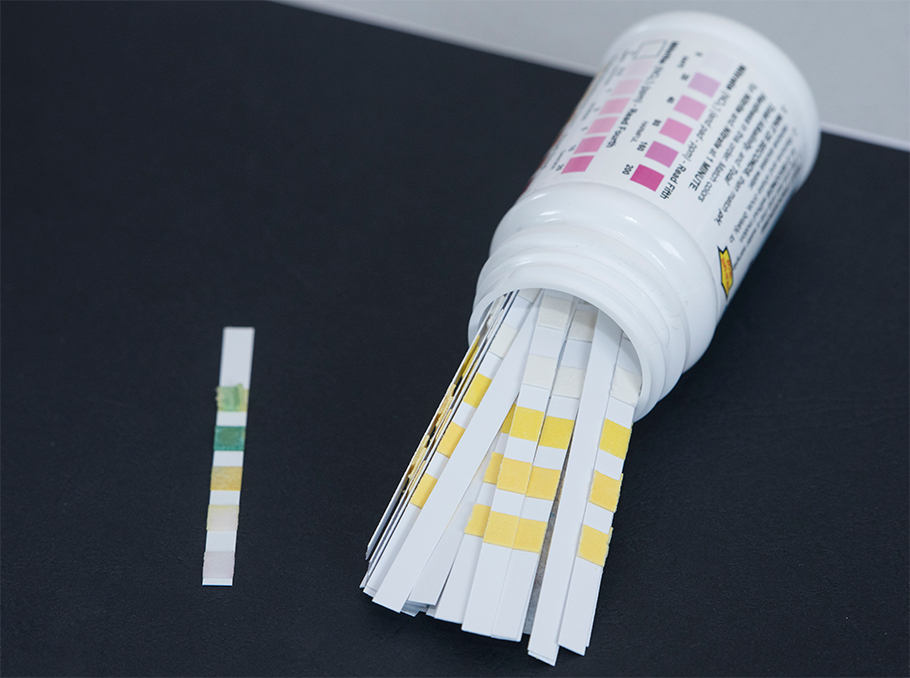
Photo: Mediamax
“We have worked in the Sevan basin with schools from Gegharkunik marz and in the Hrazdan basin with schools from Kotayk, Armavir, Aragatsotn, and Ararat marzes. We have held training courses for teachers and showed them how to monitor the water quality with the equipment we provided. In addition, we have handed over these devices to the teachers, and each of the pupils checked the quality of drinking water and monitored the water bodies in their area. In one case, students found out that their water did not meet the drinking water standards and submitted an application to the municipality,” said Arevik Hovsepyan, President of the Armenia Water Partnership.
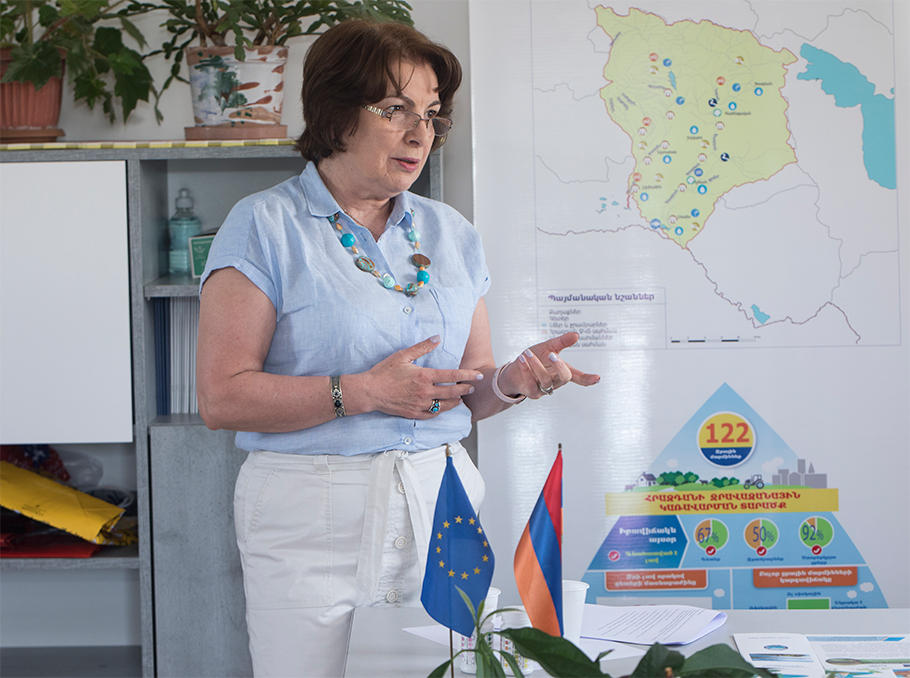 Arevik Hovsepyan
Arevik Hovsepyan Photo: Mediamax
Arevik Hovsepyan demonstrated how fast the testers work on a sample of tap water in the Yerevan city center. The testers work with 5 indicators of water quality: hydrogen index (pH), total alkalinity, total hardness, nitrites (NO2-), and nitrates (NO3-).
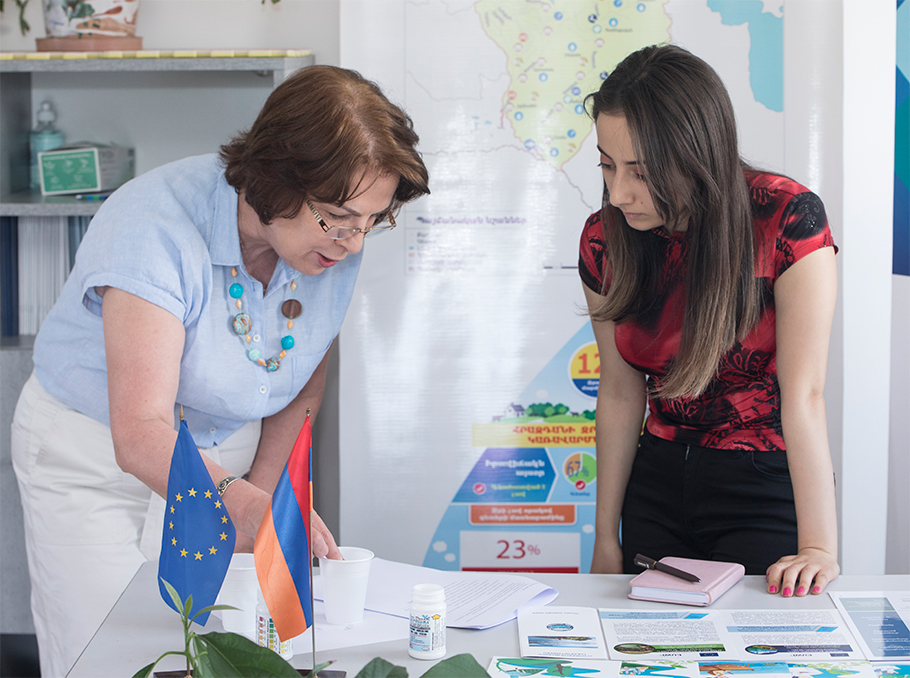
Photo: Mediamax
“Immerse the stick in the water sample and hold it still for 1 or 2 seconds. Then, shake it to remove the water and wait for 25 seconds. We can see that the litmus paper on the stick is starting to change colour. By comparing these colours with the corresponding scale, we can determine how safe the water is,” she explained.

Photo: Mediamax
All the indicators of our samples were within the safe range, which means that the water could be used without concerns. Naturally, we had a completely different picture after monitoring the water samples taken from Lake Sevan and Hrazdan River.

Through personal experience
Sevan basin is not considered a source of drinking water. But it can also be dangerous for those who come to the lake to relax. So we tried to find out how safe – or dangerous – Sevan water really is for humans.

Photo: Mediamax
We took a water sample from a beach area of Sevan. Within seconds of immersing the test stick in the sample, we started getting relatively dark colors.

Photo: Mediamax
For all indicators of water quality, humans and animals have ranges that indicate a favourable environment, deviation from which is alarming. In the case of our sample, 3 out of 5 quality indicators had deviations.
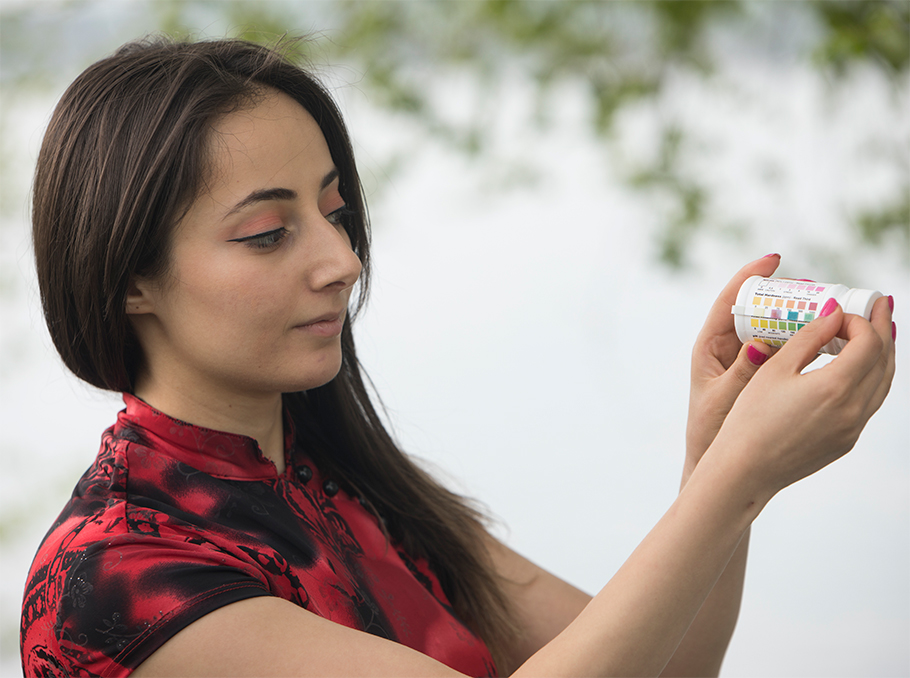
Photo: Mediamax
For example, in terms of hydrogen indicator pH, humans need a neutral environment 7-7.5 to be safe. In recreational areas it should be in the range of 6.0 - 8.5. In case of Sevan water, the colour on the stick was close to the upper limit – so it could be dangerous for people to swim in the lake or put food in the water to keep it cool.
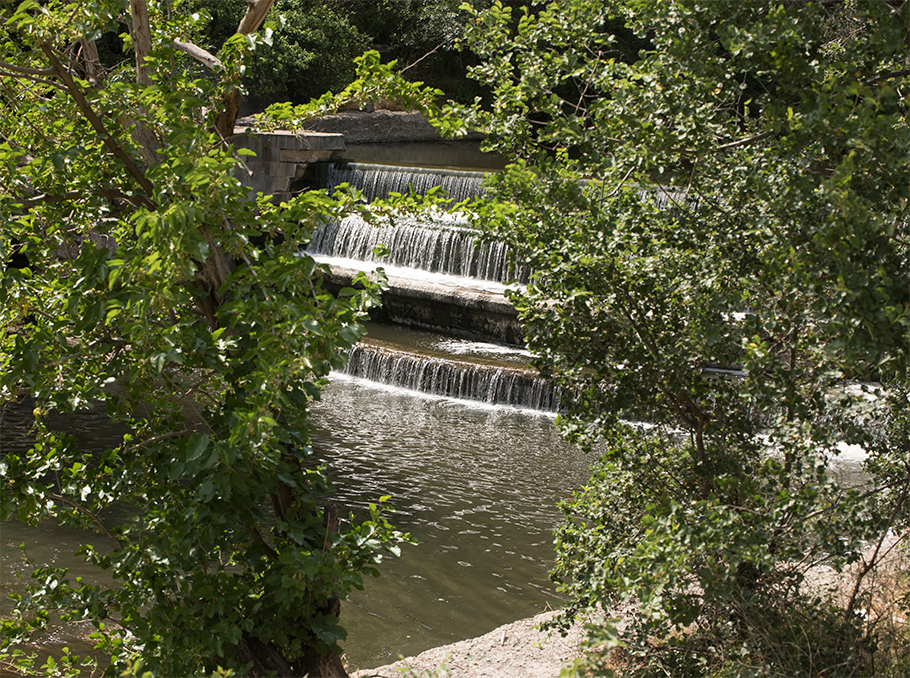
Photo: Mediamax
Interestingly, the water of the Hrazdan River was more polluted. We took the sample in Hrazdan gorge in Yerevan.
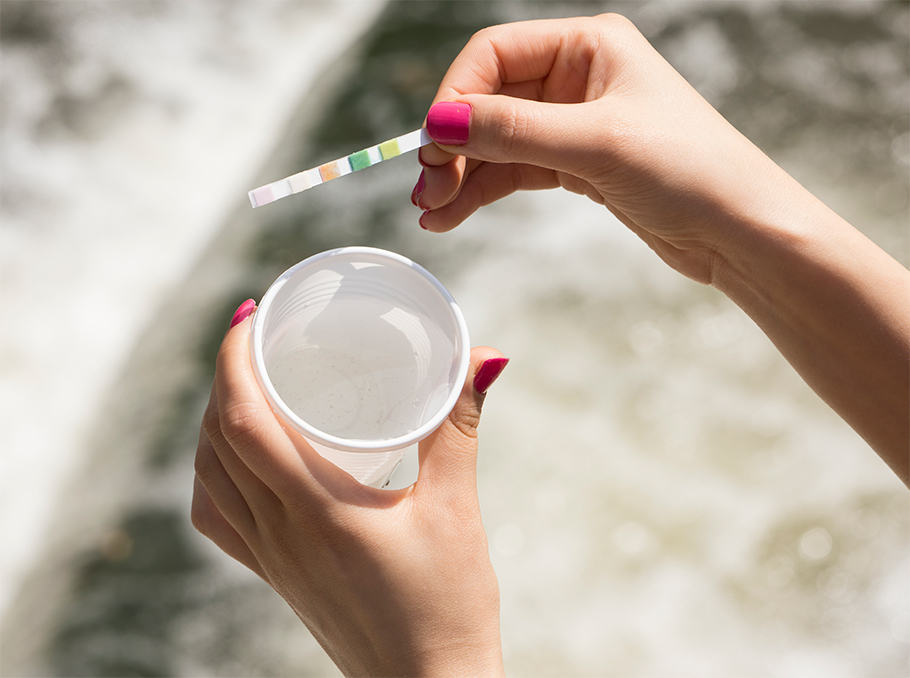
Photo: Mediamax
In the river too, 3 out of 5 water quality indicators deviated from the acceptable range, and the deviations were more pronounced. After studying that sample, we concluded that swimming in Hrazdan is dangerous for humans, and that some animals may even die if they get into the river.

Photo: Mediamax
Commenting on the results, Arevik Hovsepyan stressed that whoever tests the water should alert relevant state bodies if they notice significant deviations.

Photo: Mediamax
“These tests warn us of the danger, but they cannot provide very precise results. If you notice deviations from the norm, do not swim in the river, do not allow children to play with water, do not put food items in the river to keep them cold, etc.,” she added.

Photo: Mediamax
Lab monitoring
The quick tests show 5 water quality indicators, whereas laboratory tests study at least 45.
“When a larger study is required to identify sources of water pollution, we test 60 or more indicators. For example, if the river is polluted with mercury, lead or copper, quick tests will not be able to detect the issue,” said Gayane Shahnazaryan, Deputy Director of the Hydrometeorological and Monitoring Centre of the Armenian Ministry of Nature Protection.
 Gayane Ghahnazaryan
Gayane Ghahnazaryan Photo: Mediamax
Touching on the large-scale efforts within the framework of the EUWI+ programme, Gayane Shahnazaryan highlighted the importance of re-equipment of the centre’s laboratory and improvement of the monitoring programme for management of the Sevan and Hrazdan water basins.

Photo: Mediamax
“We conducted research monitoring throughout the implementation of the programme, so that we were able to plug the information gaps and identify all the problems that existed in our monitoring system. We also put together a water quality assessment system, which allows us since June 2020 to carry out hydrobiological monitoring and get an ecological assessment of water quality, as required by the EU Water Framework Directive,” she added.
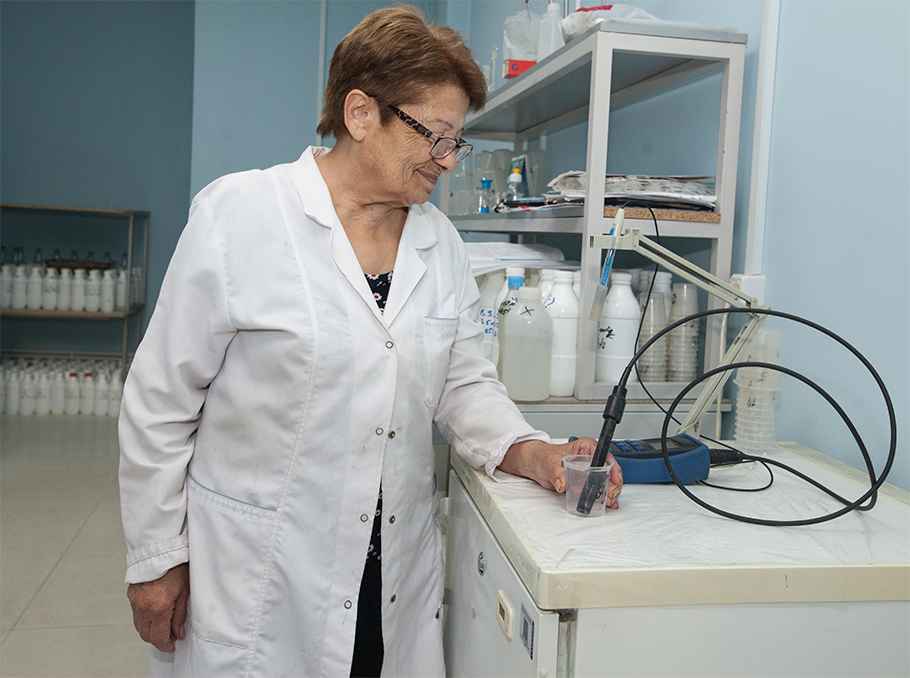
Photo: Mediamax
The objective of the EU Water Framework Directive (WFD) is to apply comprehensive approaches to maintaining the quality and quantity of freshwater resources. According to the directive requirements, “good” ecological condition should be the goal for every water body in the watershed management area. This means that targets must be achieved for reducing both the volume of pollution and the damage to the natural surface water ecosystem. In case of groundwater, pollutant reduction is also a target. Another goal is to prevent depletion of groundwater resources in the aquifers due to poor use.
The main sources of pollution
According to Gayane Shahnazaryan, the main source of pollution in the rivers flowing into Lake Sevan is the high content of biomaterials, which indicates the inflow of untreated sewage water into the rivers.
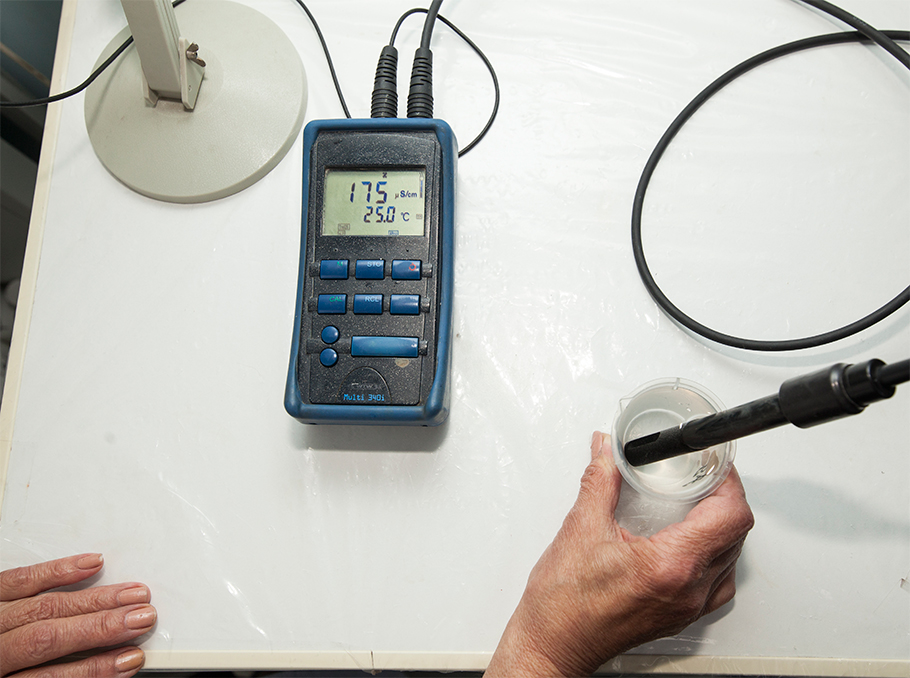
Photo: Mediamax
“We have come up with certain measures for the Sevan Basin Management Plan to improve the situation. The same was done for the Hrazdan watershed management area, where we identified risky water bodies. We have assessments for different parts of the river, which testify to the inflow of untreated sewage and agricultural wastewater into Hrazdan River. There is also a presence of industrial and mining wastewater in some areas,” she said.

Photo: Mediamax
Long-term efforts
According to Vahagn Tonoyan, a representative of EUWI+ in Armenia, the project has mainly worked on the development of Sevan and Hrazdan water basin management plans, which are currently up for official approval by the government.
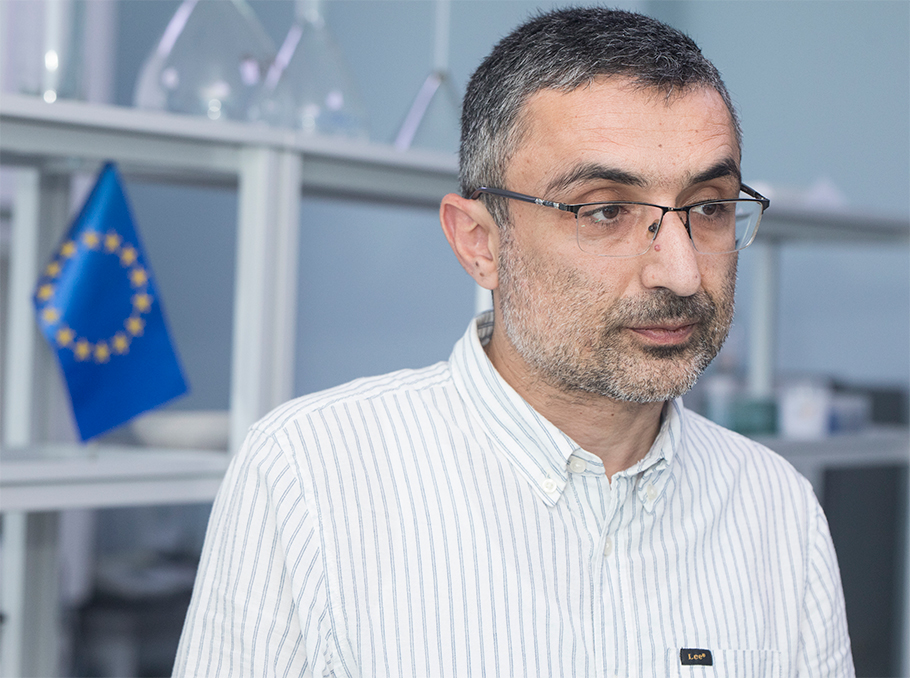 Vahagn Tonoyan
Vahagn Tonoyan Photo: Mediamax
“In the context of the management plans, there should be continuous monitoring of the implementation of this programme. Our ultimate goal is to achieve a good status for surface and groundwater bodies through the action plans. Within the framework of the project, we have also worked on the hydrological monitoring and groundwater monitoring of Sevan and Hrazdan basins, and improvement of irrigation water costing. To improve the irrigation water costing in the Sevan-Hrazdan system, we have equipped 50 observation points, renovated and reconstructed 25 groundwater monitoring points (water sources, deep wells and fountain wells), repaired and installed radar systems. We have six hydrological observatories to increase the accuracy and reliability of water costing,” he explained.

Photo: Mediamax
Vahagn Tonoyan stressed that the process requires long-term efforts, and that Armenia is actually steadily moving toward resolution of the main issues after initiating significant measures.
The European Union’s Water Initiative Plus (EUWI+) kicked off in October 2016 in Armenia and other countries of the region. The programme is now coming to its end.
The main objective of the programme is to improve water resources management through changes in water infrastructure, such as enhancement of water monitoring capacity, re-equipment of laboratories, creation of water basin management plans, and large-scale public awareness campaigns.
Gayane Yenokyan
Photos: Emin Aristakesyan
This article has been written in the framework of the EU Neighbours East project. The opinions expressed in the article are solely the author’s views.








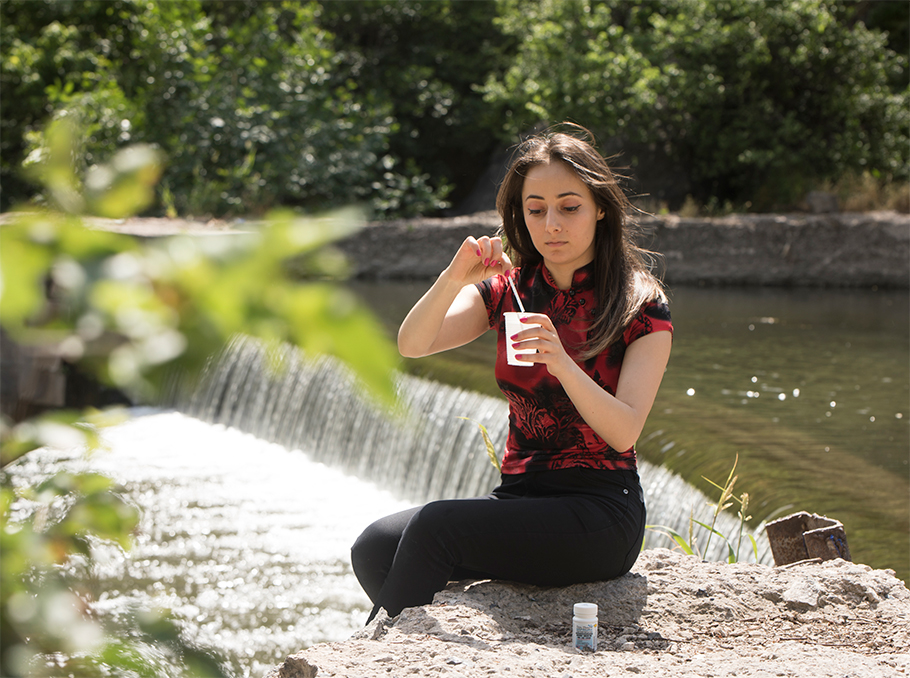
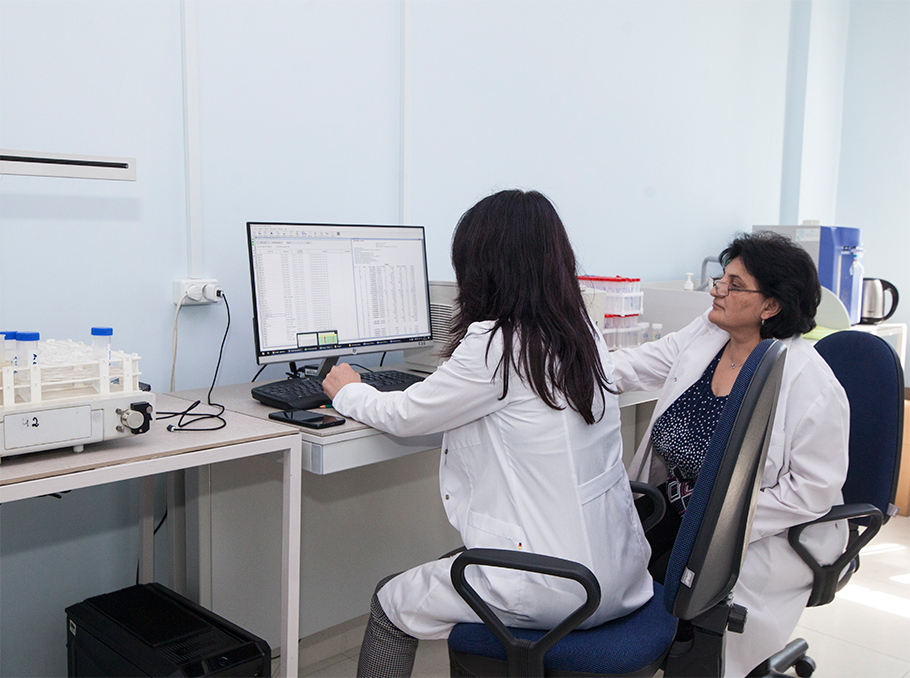
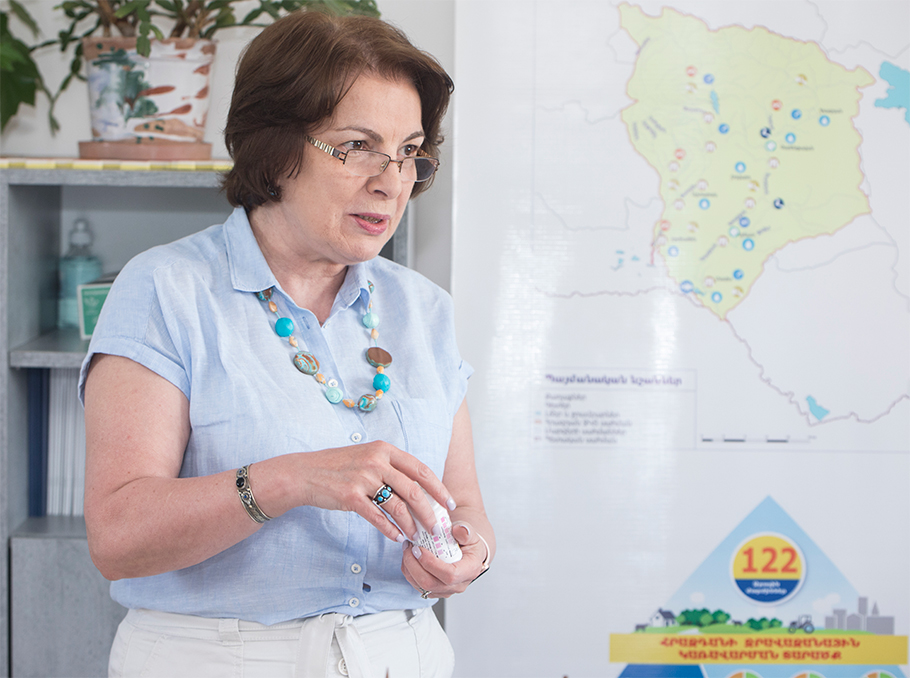


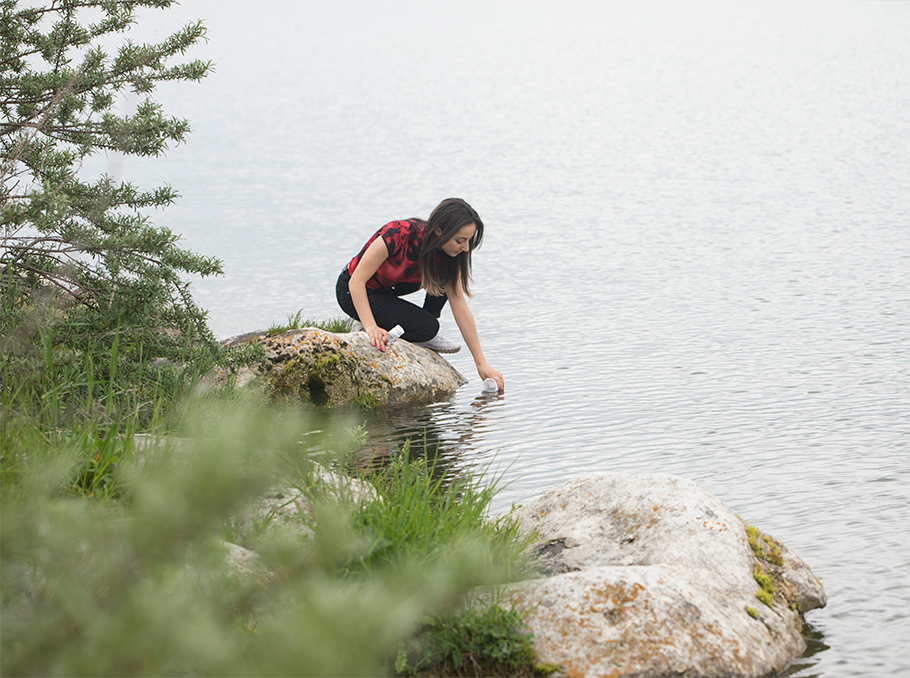
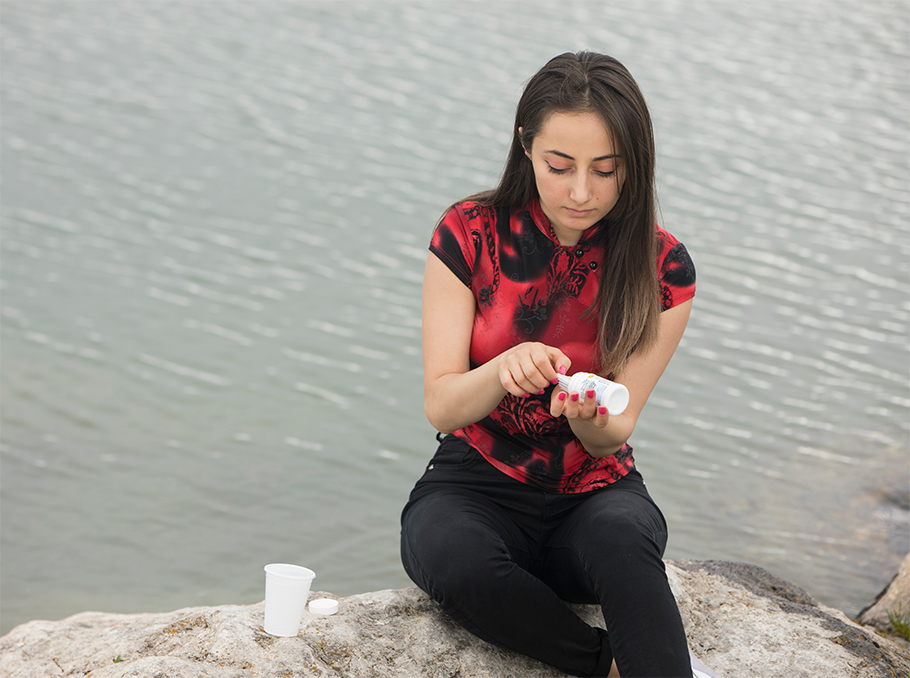
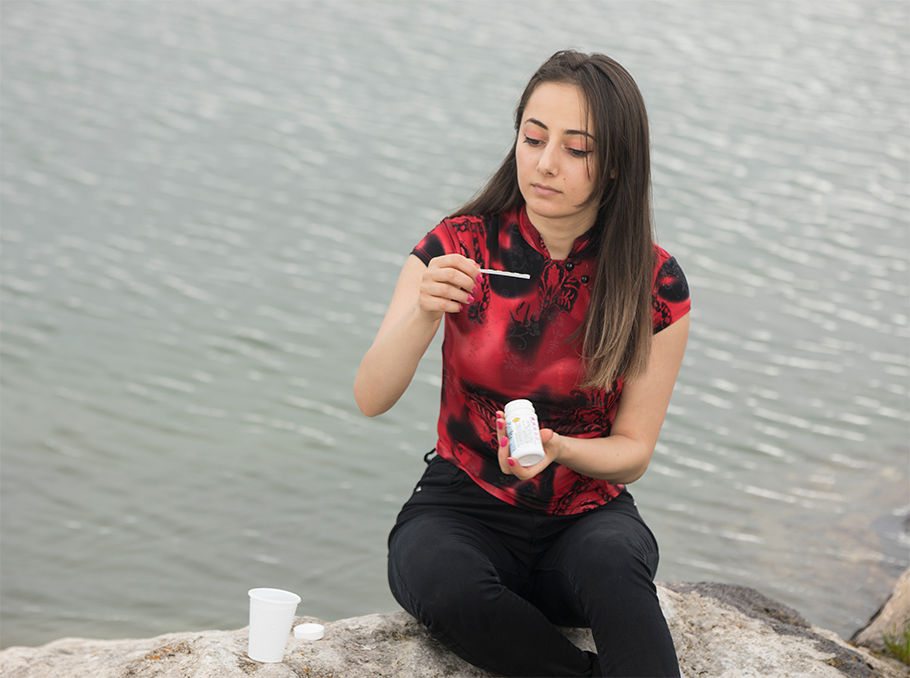

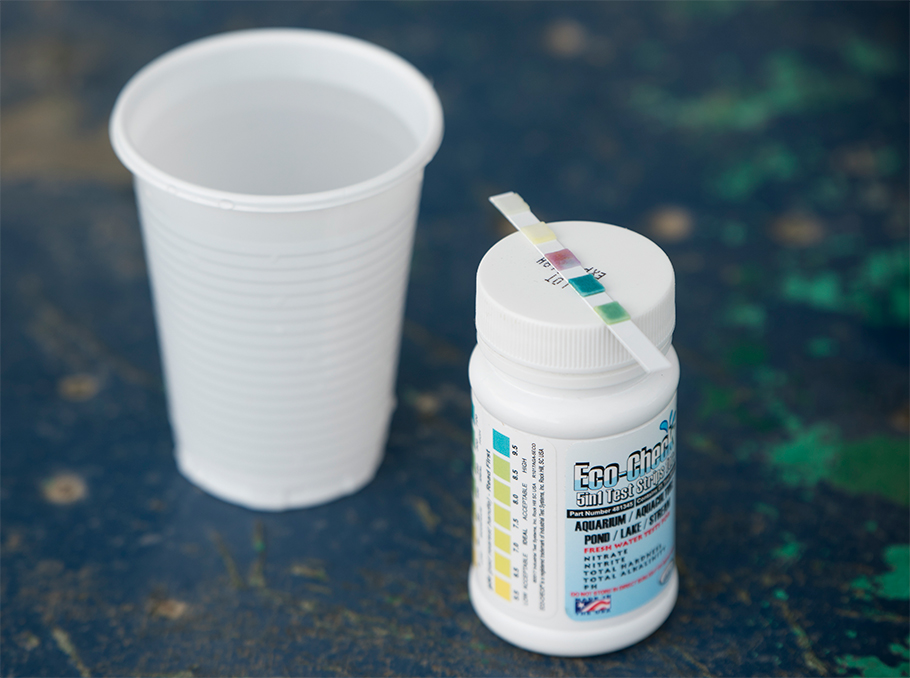
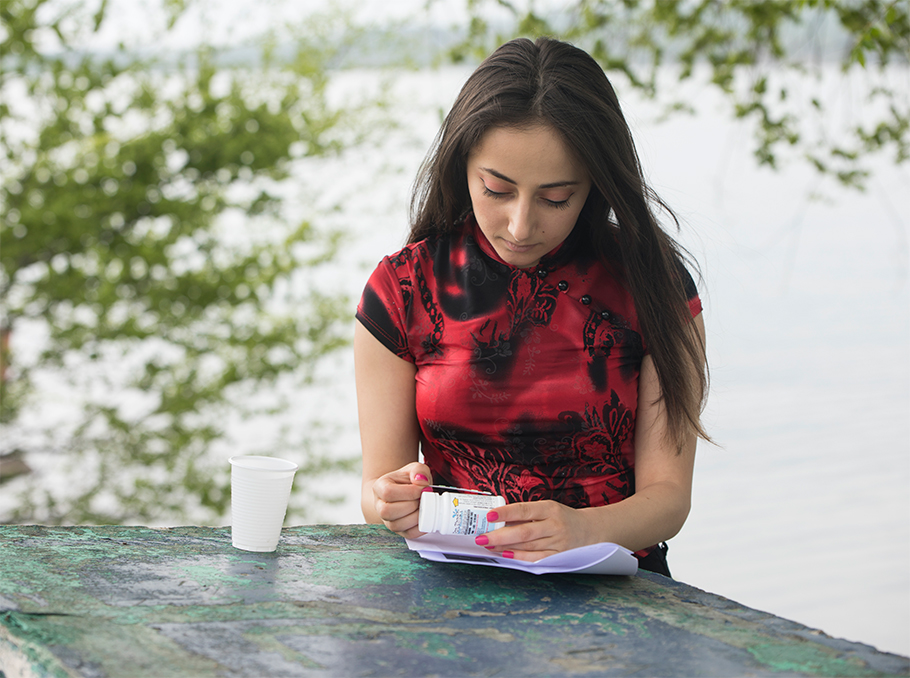

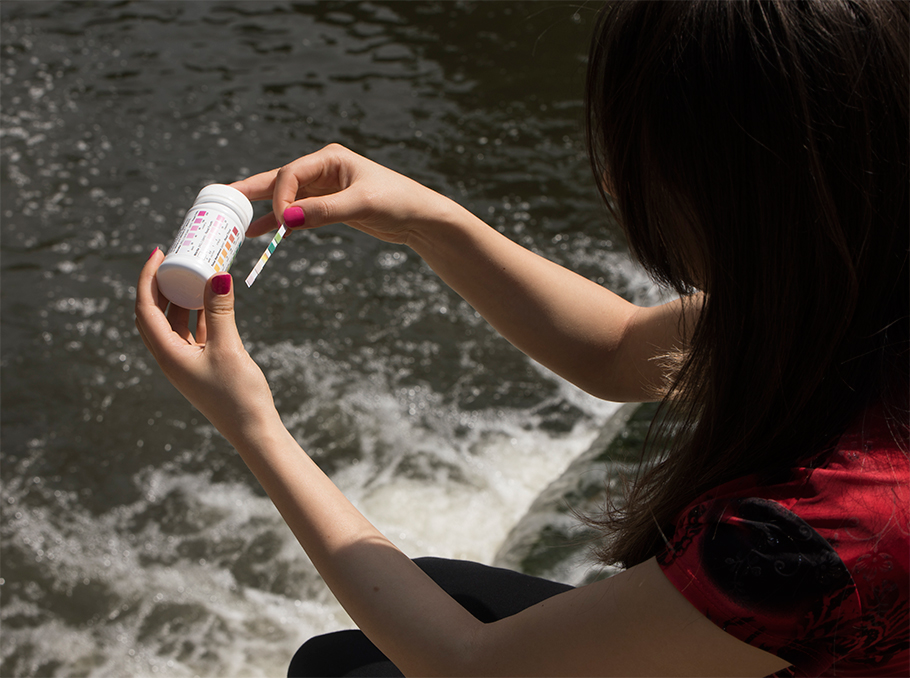




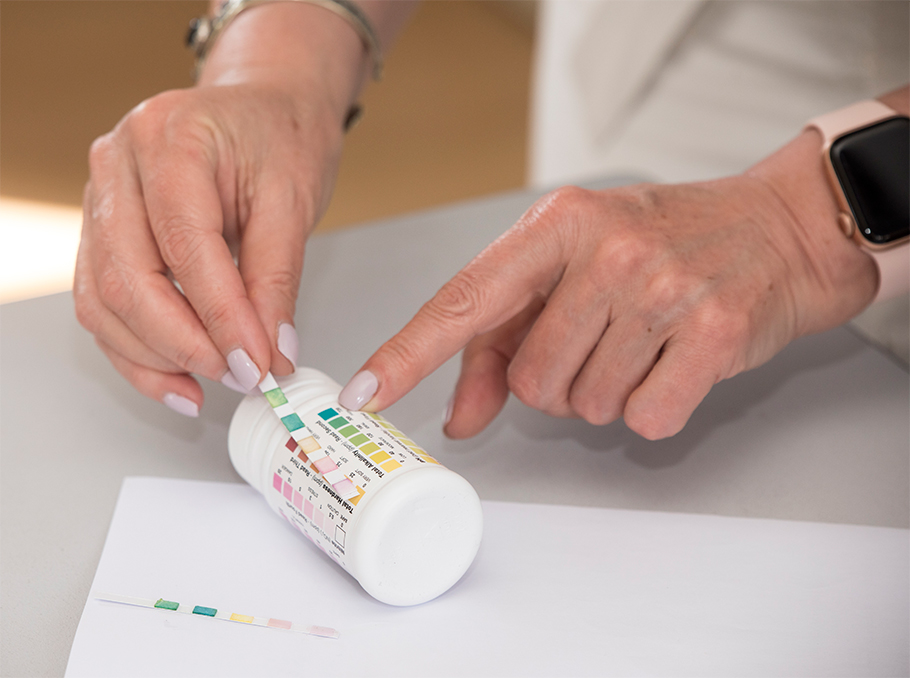

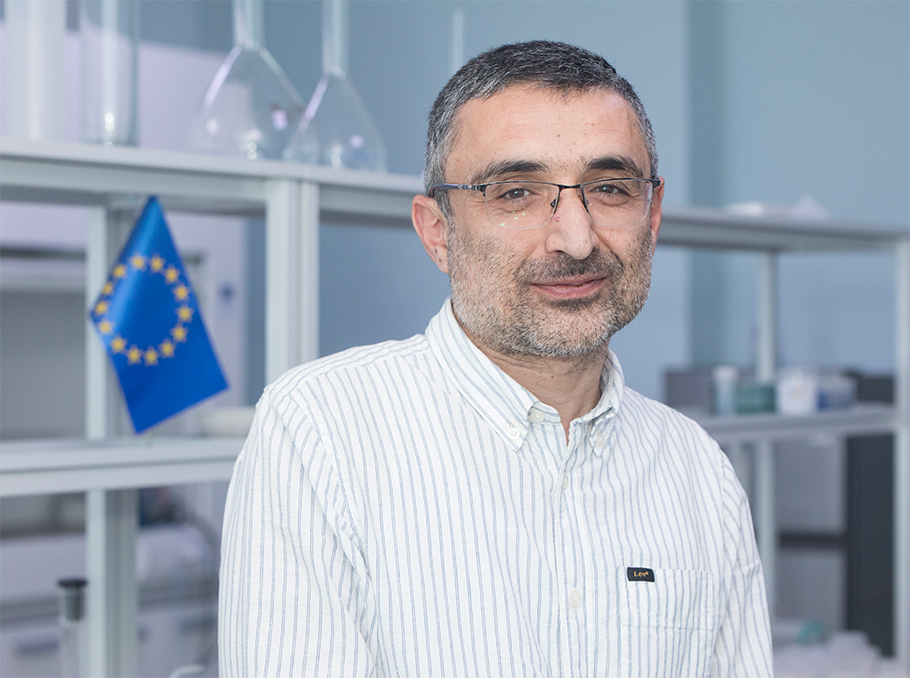
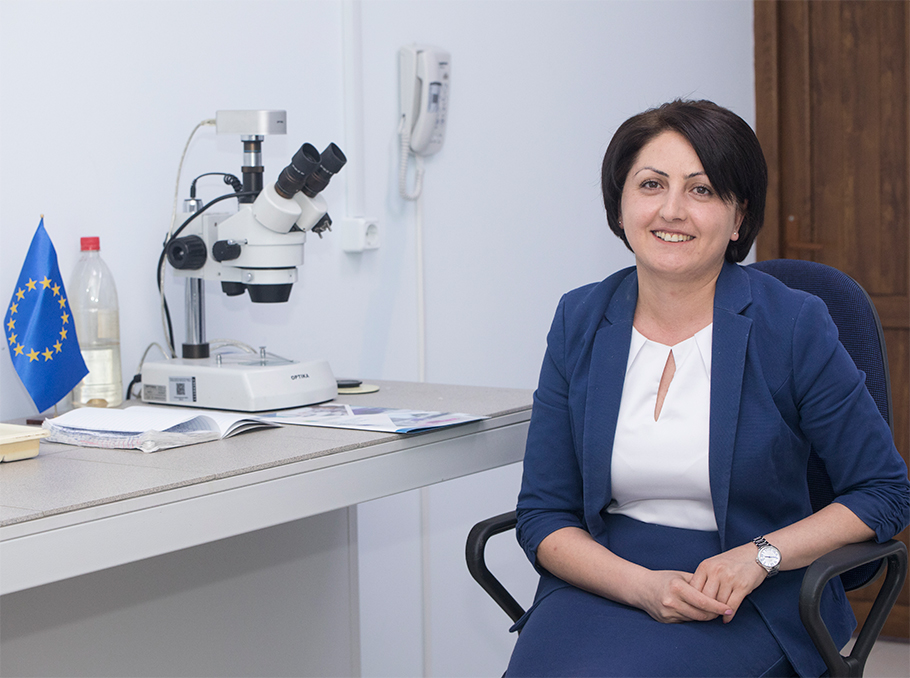




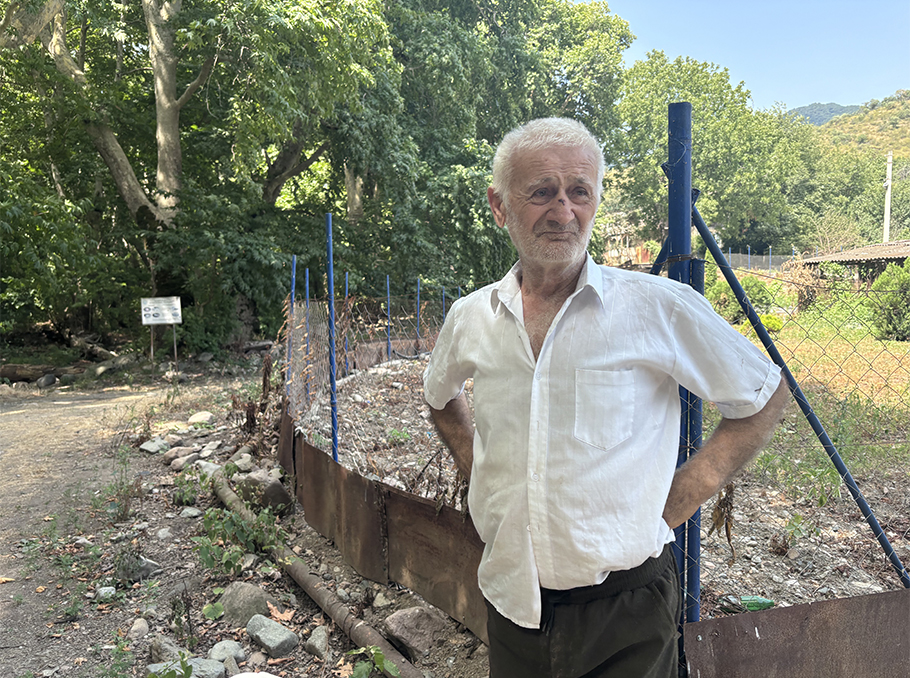








Comments
Dear visitors, You can place your opinion on the material using your Facebook account. Please, be polite and follow our simple rules: you are not allowed to make off - topic comments, place advertisements, use abusive and filthy language. The editorial staff reserves the right to moderate and delete comments in case of breach of the rules.